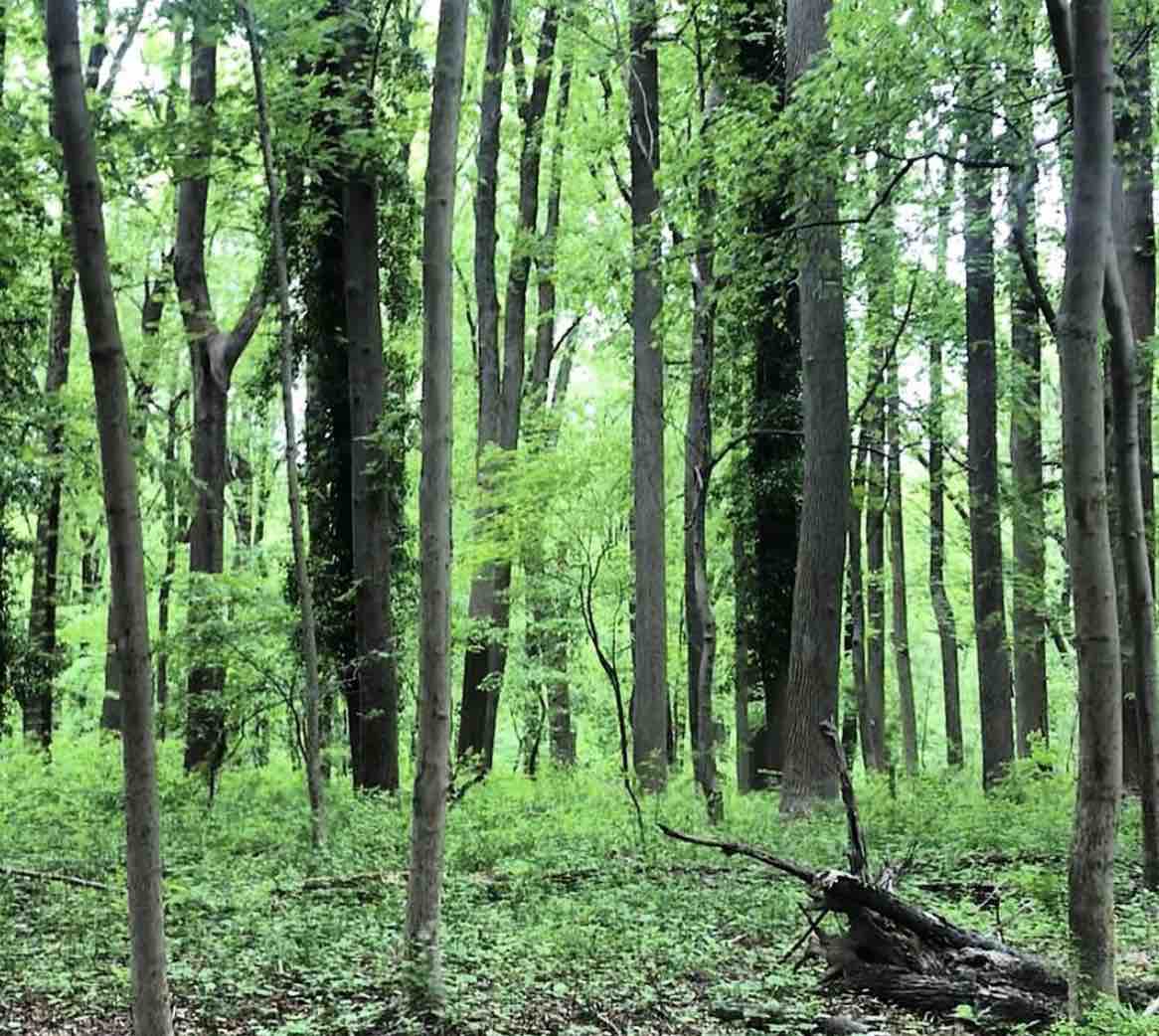
Some residents along the Route 1 corridor are coming out against a proposed high-speed train that would whisk riders from D.C. to Baltimore in just 15 minutes.
Using the same technology behind Japan’s Shinkansen trains, the train would use superconducting electromagnets to levitate four inches above a guideway, allowing it to reach speeds of up to 311 miles per hour — twice as fast as Amtrak’s fastest train.
One reason maglev trains haven’t caught on in the U.S. is price, with costs to build as much as five times per mile as traditional rail, especially when tunnels have to be dug under existing urban areas.
Northeast Maglev, the private group behind the Baltimore-to-D.C. line, hopes to cut costs on the $13 to $16 billion project by only digging tunnels in D.C. and Baltimore, and traveling above ground on public land through parts of Prince George’s County.
The preferred route would pass near NASA’s Goddard Space Flight Center, cut through the middle of the Beltsville Agricultural Research Center and cross parts of the Patuxent Research Refuge, raising concerns among Route 1 communities about the proposed train’s environmental effects. Others argue that high-speed rail reduces greenhouse gases by offering an alternative to driving.
Unlike the Metro lines through the area or the Purple Line light-rail project, the maglev has no direct benefits to Route 1 communities, since it would start at Mount Vernon Square in D.C. and stop only at the Baltimore-Washington airport and in Baltimore.
This week, the College Park City Council voted to give $10,000 to the city of Greenbelt to help pay for a legal challenge to the maglev project, as reported by the Diamondback.
Support the Wire and Community Journalism
Make a one-time donation or become a regular supporter here.









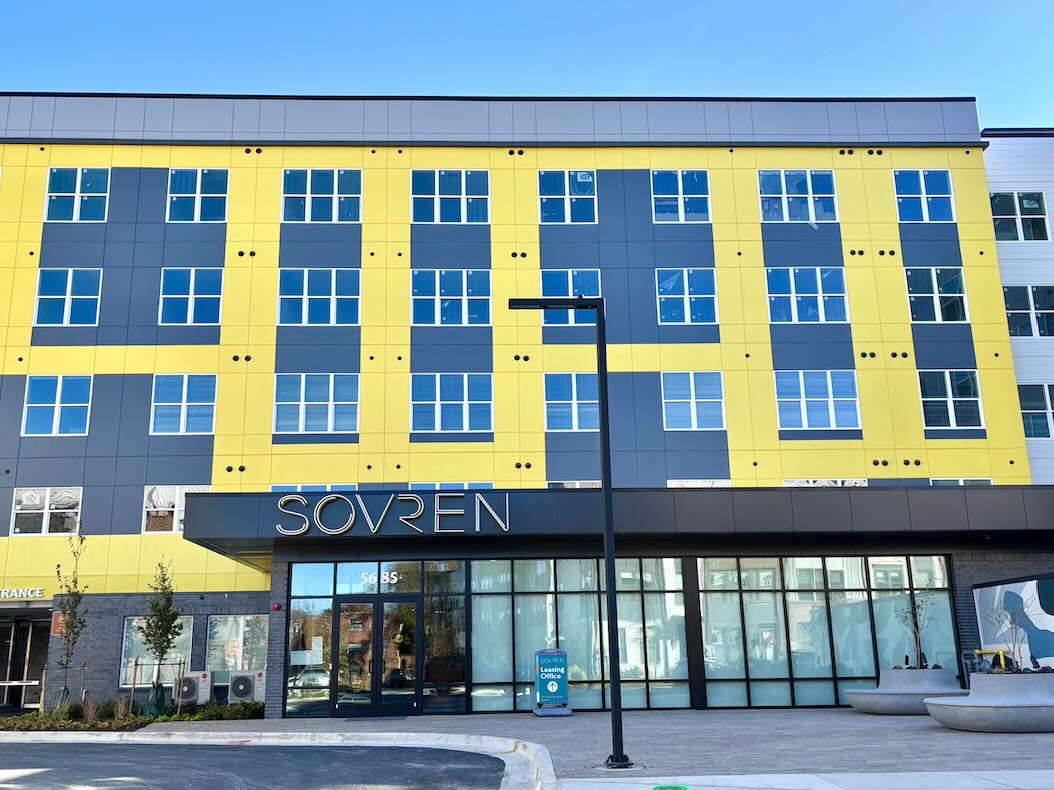
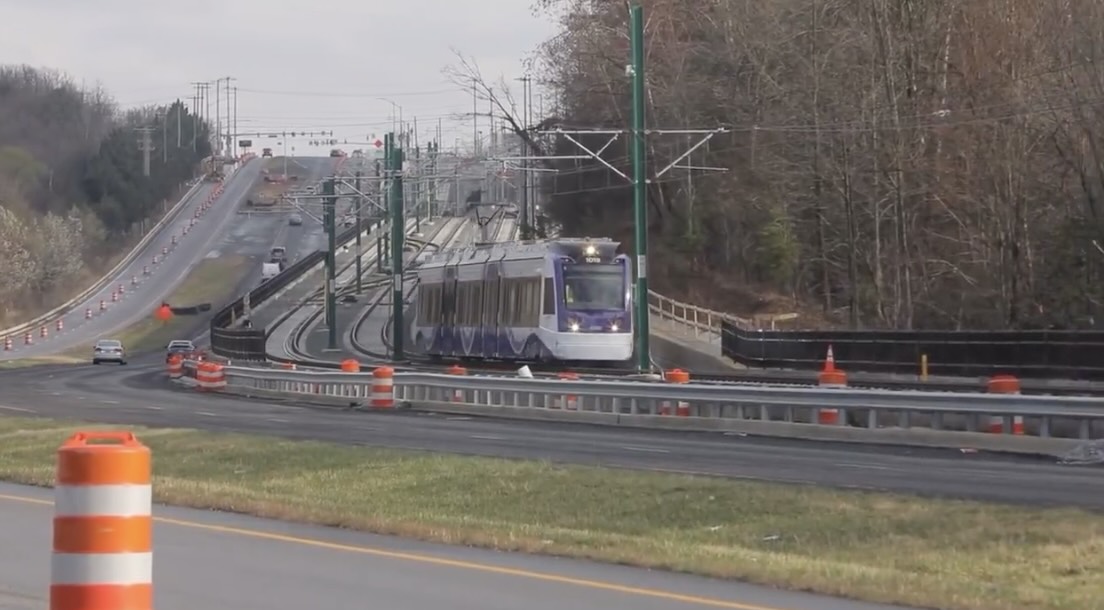
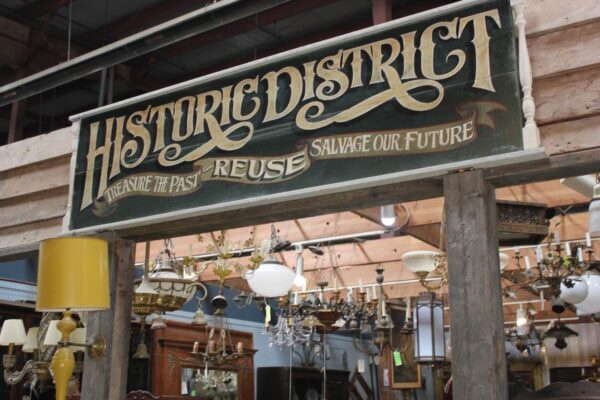

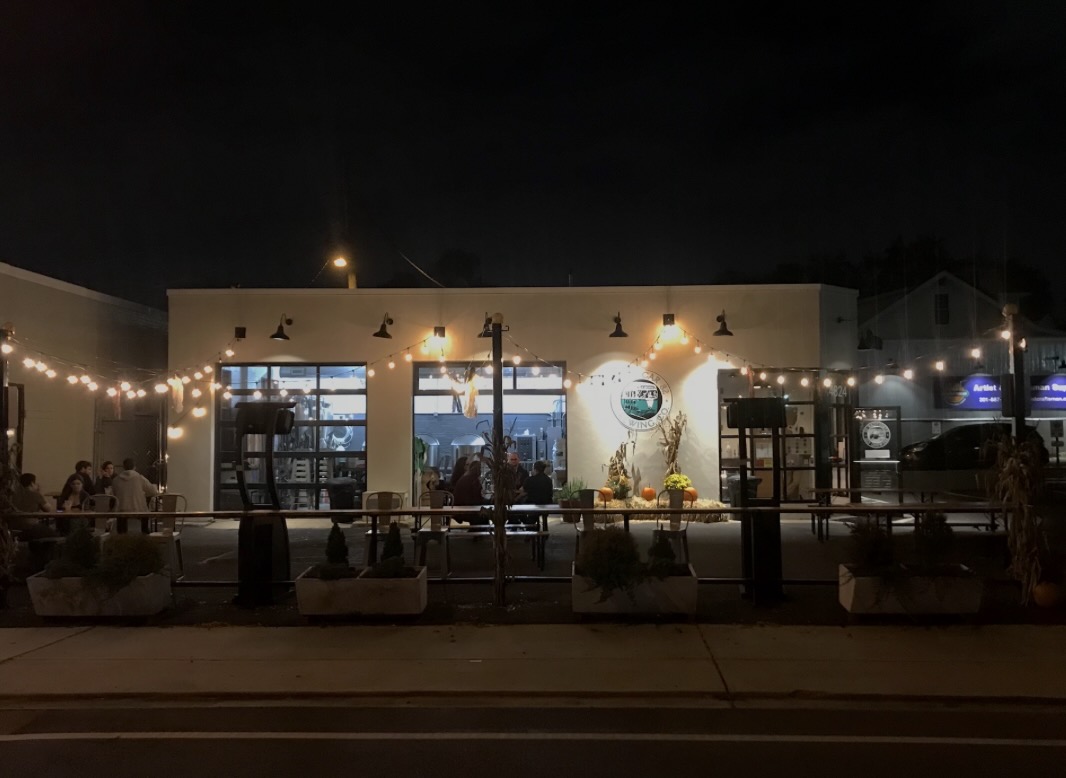
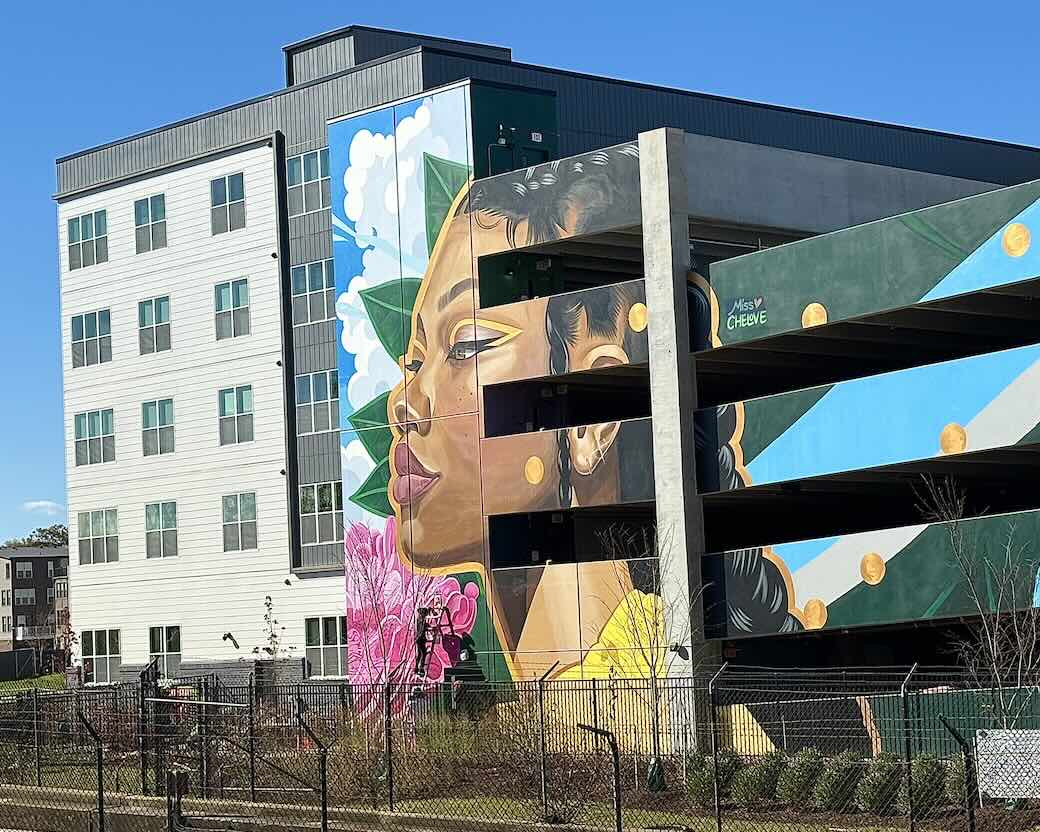
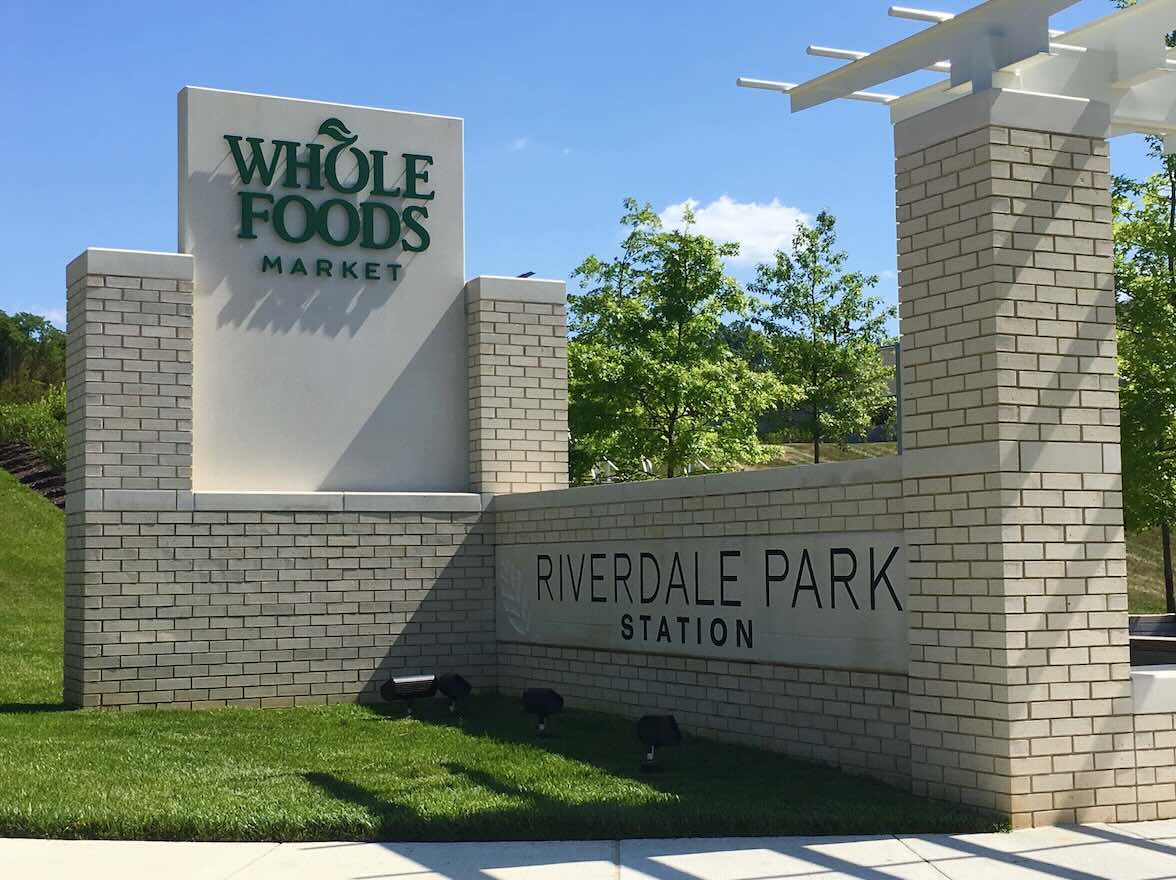
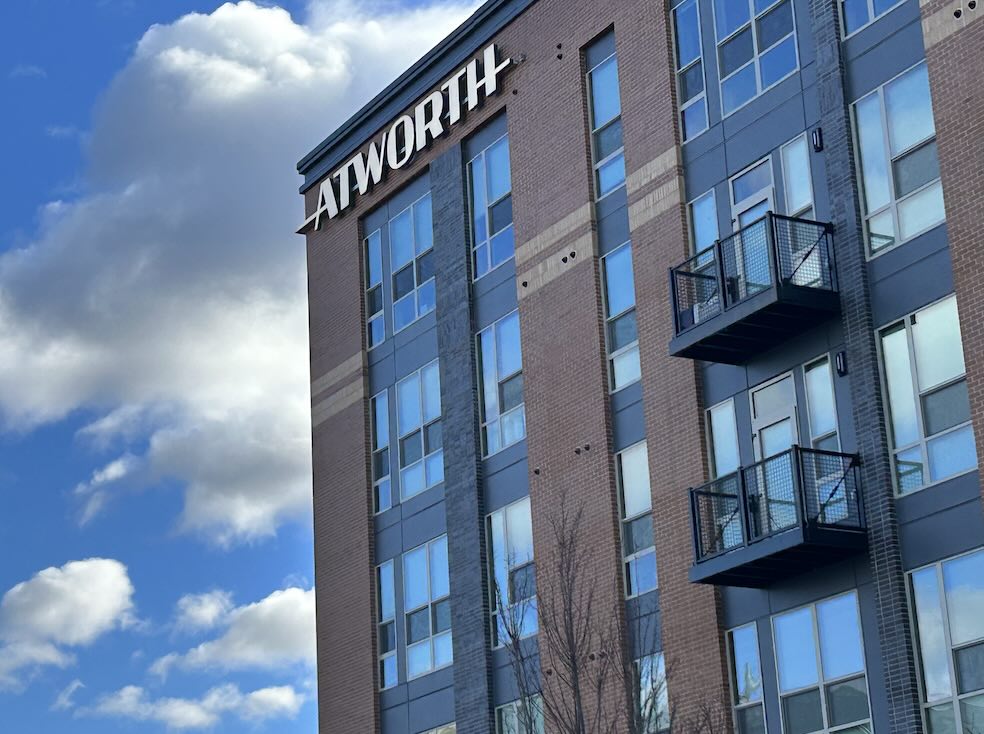


Serious question… wouldn’t having mass transit between here and Baltimore be better for the environment in the long term though?
P Wolfe: having good mass transit options would be better. This is not a good option, though. Don’t fall into the logical trap of thinking that just because this is a solution that it is the best or only one.
Bad comparison, as the majority of Shinkansen trains use 25 Kv AC overhead power lines, NOT maglev power.
The Shinkansen lines in Japan uses conventional rail technology like Amtrak’s NEC. The Maglev technology is being used for one new Shinkansen line, the rest are all steel wheels and steel rails.
First commercial high speed rail line was 1964: since then, hundreds have been opened.
First commercial maglev was in 1974: since then 5 have been opened.
Nough said?